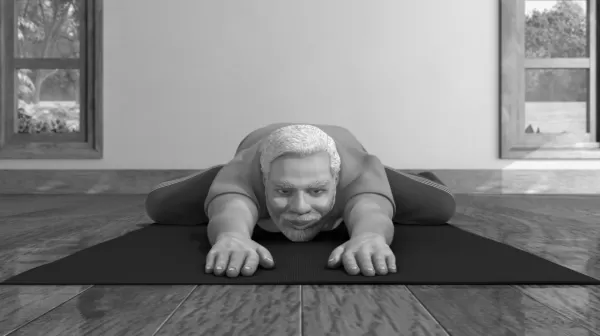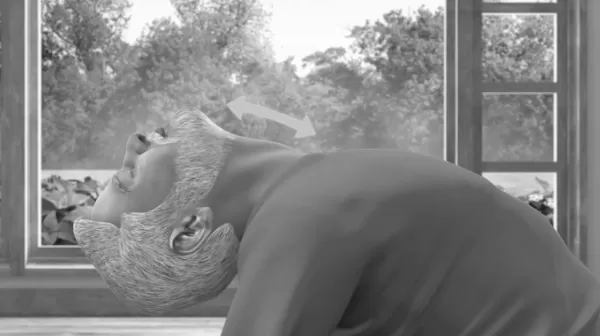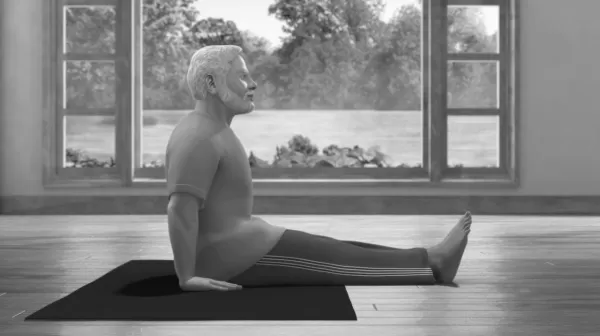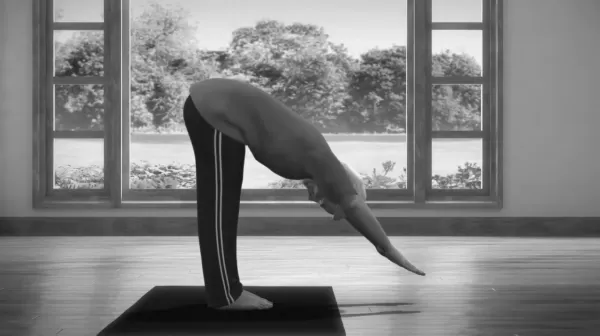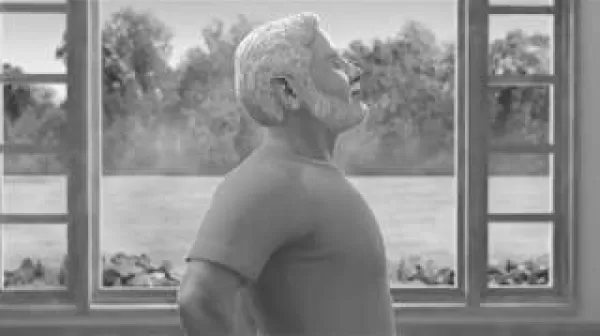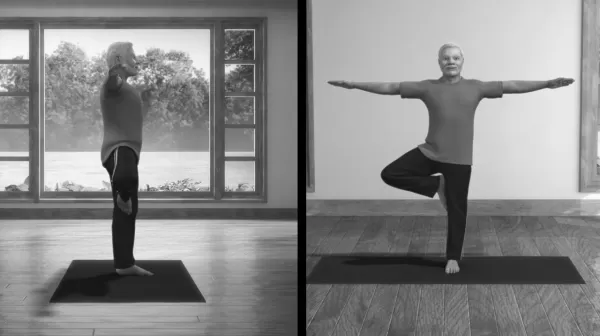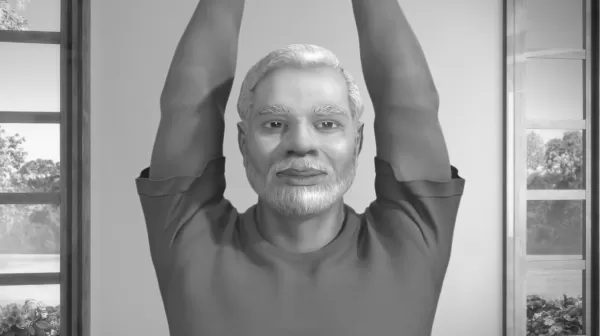Yoga with Modi Ji: Suryanamaskar
Suryanamaskar is considered a part of modern-day yogic practices though it was neither considered an asana nor a part of traditional Yoga. Practicing Suryanamaskar before beginning routine activities vitalizes the practitioner and gives a completely energized day. Starting from the Raja of Aundh who first introduced surya namaskar, there is a line of eminent people who popularized this dynamic group of asanas including T Krishnamacharya, Swami Sivananda, Swami Satyananda from Bihar school of Yoga, so on and so forth.







